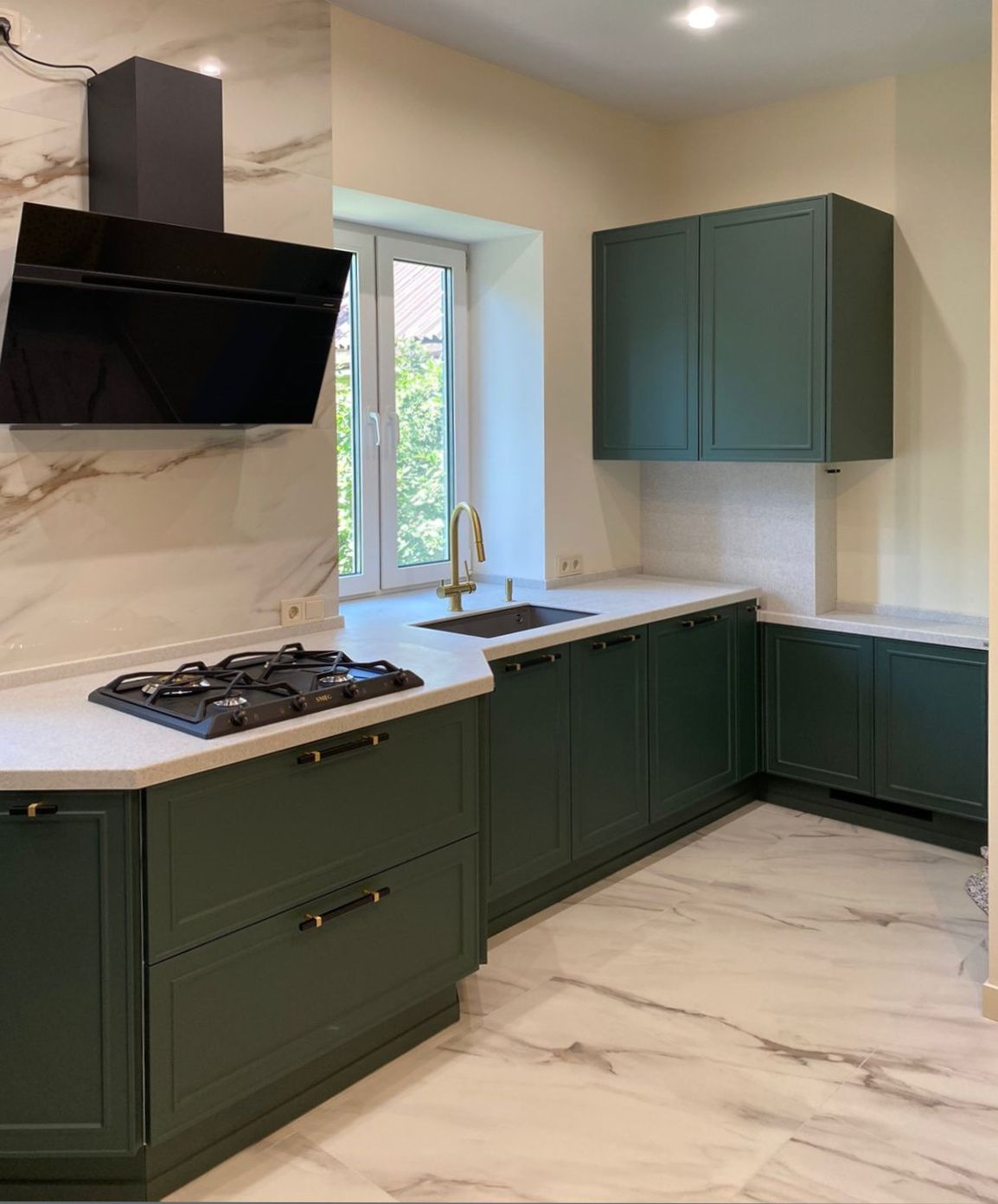
Culinary Spaces: Designed to Inspire
Every great meal starts with inspiration, and often, the source of that inspiration is the kitchen itself. Culinary spaces have evolved from mere functional rooms where meals are prepared to vibrant hubs of creativity, socialisation, and family bonding. Globally, designers and homeowners are recognizing the powerful role that a well-designed culinary space can play in inspiring the creation of spectacular dishes and fostering a deeper love for the culinary arts. In this discussion, we explore how thoughtfully designed kitchens can ignite the passion of home chefs and culinary enthusiasts alike.
Maximizing Functionality
At the core of any culinary space is functionality. Modern kitchen designs focus on creating a seamless flow between different work zones. This includes paying attention to the 'kitchen work triangle', which minimizes the distance between the fridge, sink, and stove. Smart storage solutions, such as pull-out shelves and built-in spice racks, can also make the space more efficient and inspiring, reducing clutter and frustration and promoting a clean, organized environment conducive to culinary experimentation.
Integrating Technology
Technology has revolutionized the way we approach cooking. Smart kitchen gadgets, high-tech appliances, and state-of-the-art ventilation and lighting systems not only add convenience but also inspire the modern cook. From ovens that can be controlled remotely to interactive recipe apps integrated into smart screens installed in the kitchen, technology transforms culinary spaces into advanced studios where every cook can feel like a professional chef.
Enhancing Aesthetics with Materials and Design
The choice of materials and overall design aesthetic can significantly impact the inspiration drawn from a culinary space. Designers are sourcing unique materials for countertops, like quartz or recycled glass, to add a layer of sophistication and durability to the kitchen. Backsplashes in vibrant colors or interesting textures can serve as focal points that spark creativity. Similarly, well-designed lighting can highlight specific prep areas or display pieces that evoke a chef's imagination.
Creating a Sensory Experience
A culinary space should be a multi-sensory experience. Elements such as herb gardens on the windowsill add visual beauty, aromatic delight, and the fresh taste of home-grown greens to meals. Sound systems can set the tone with music that complements the cooking experience, while tactile surfaces such as wooden chopping boards and smooth stone countertops contribute to the overall sensory appeal.
Building Social Dynamics
Culinary spaces are often the heart of the home, where family members and friends gather. Designing these spaces to facilitate interaction can add an entirely new layer of inspiration. Incorporating seating areas, like a kitchen island with bar stools, allows for conversation and collaboration during meal prep. Open-plan kitchens connected to the living or dining areas encourage social cooking and make the entire process of making food more entertaining and engaging.
Conclusion
The perfect culinary space is not just about preparing food efficiently; it's about inspiring the soul of the cook. With a combination of functionality, technology integration, thoughtful design, sensory experiences, and social considerations, a kitchen can become the birthplace of gustatory masterpieces. Ultimately, culinary spaces that are designed to inspire are those that resonate with the personal style, needs, and passions of those who cook in them, making every meal a true work of art.